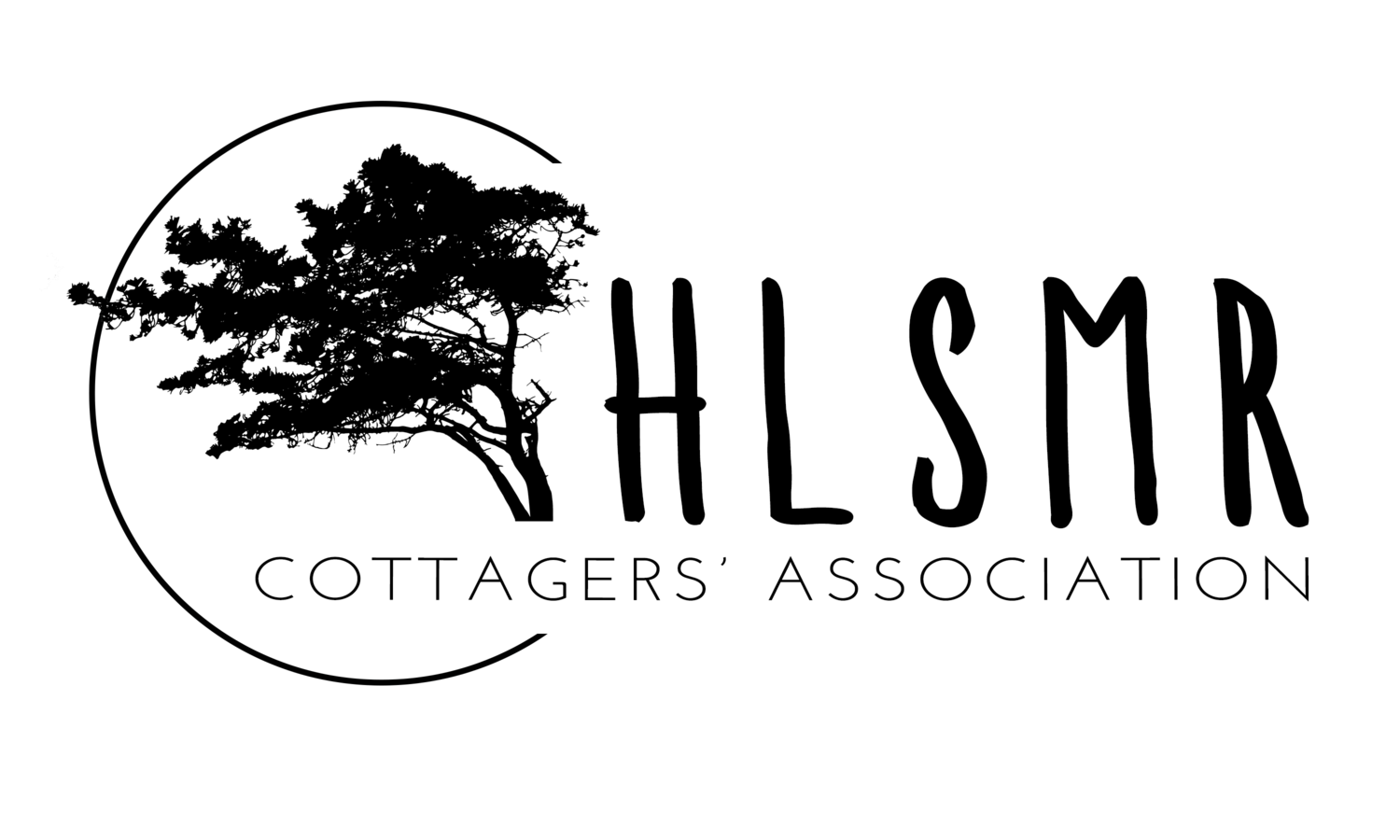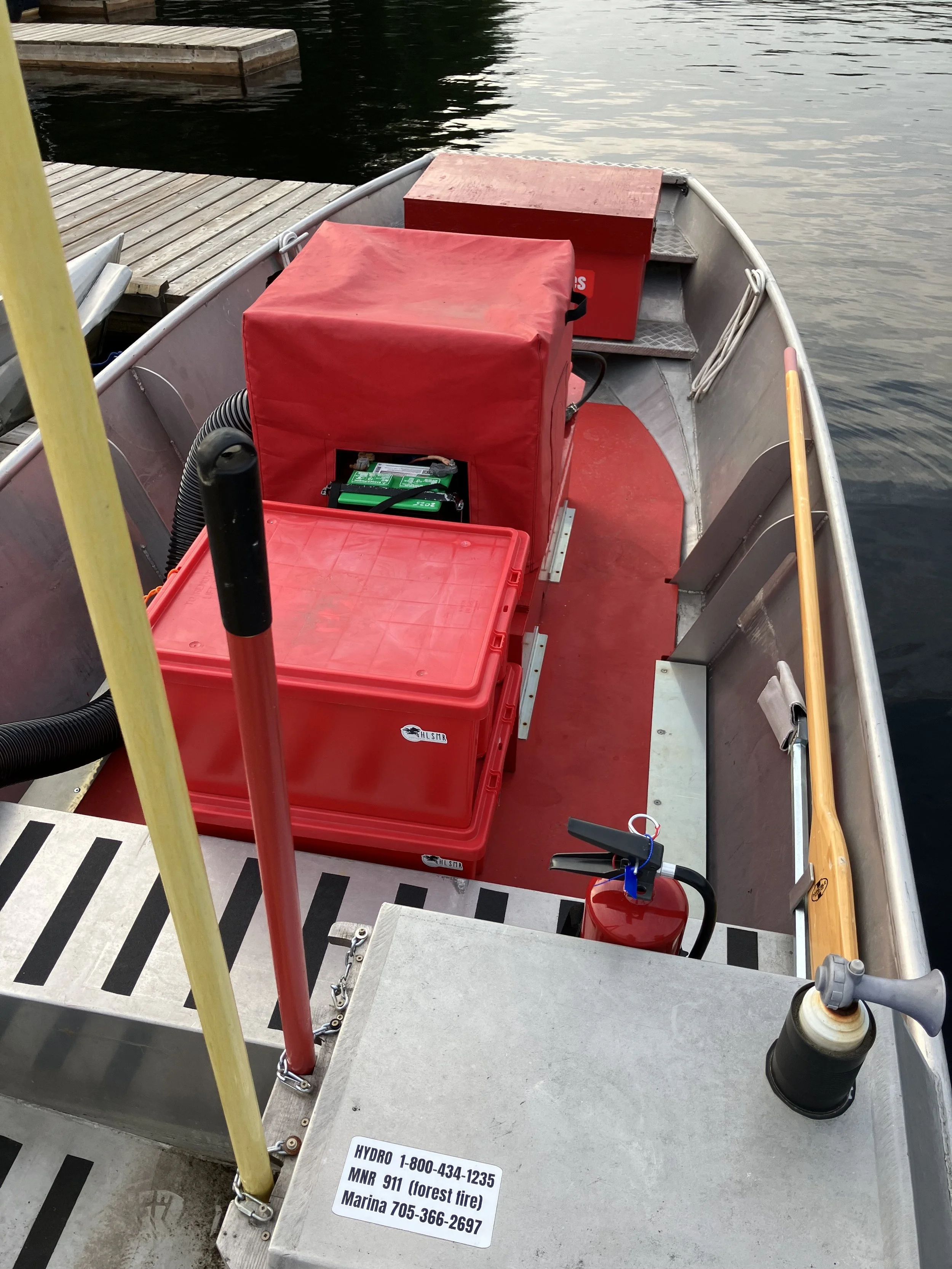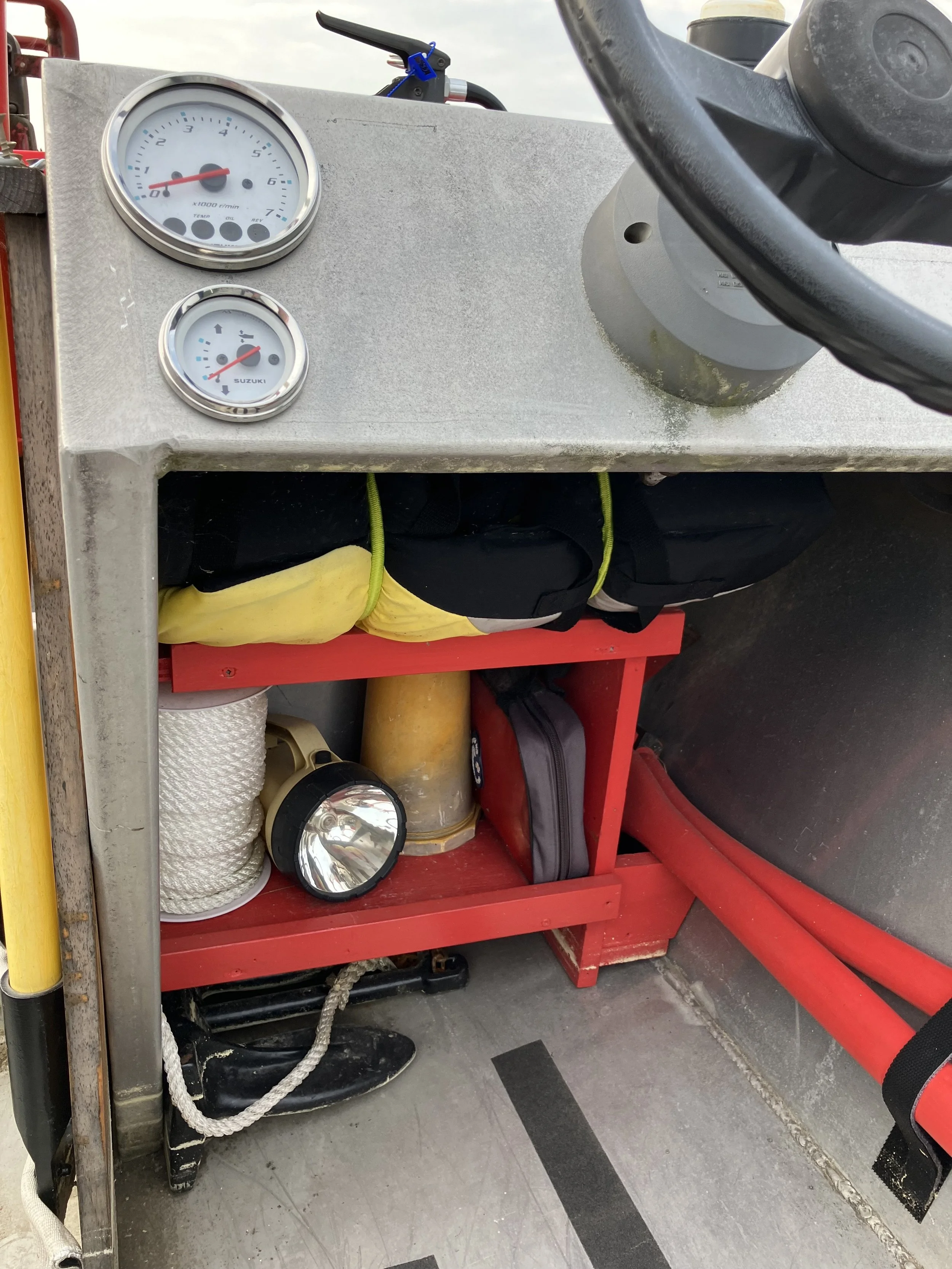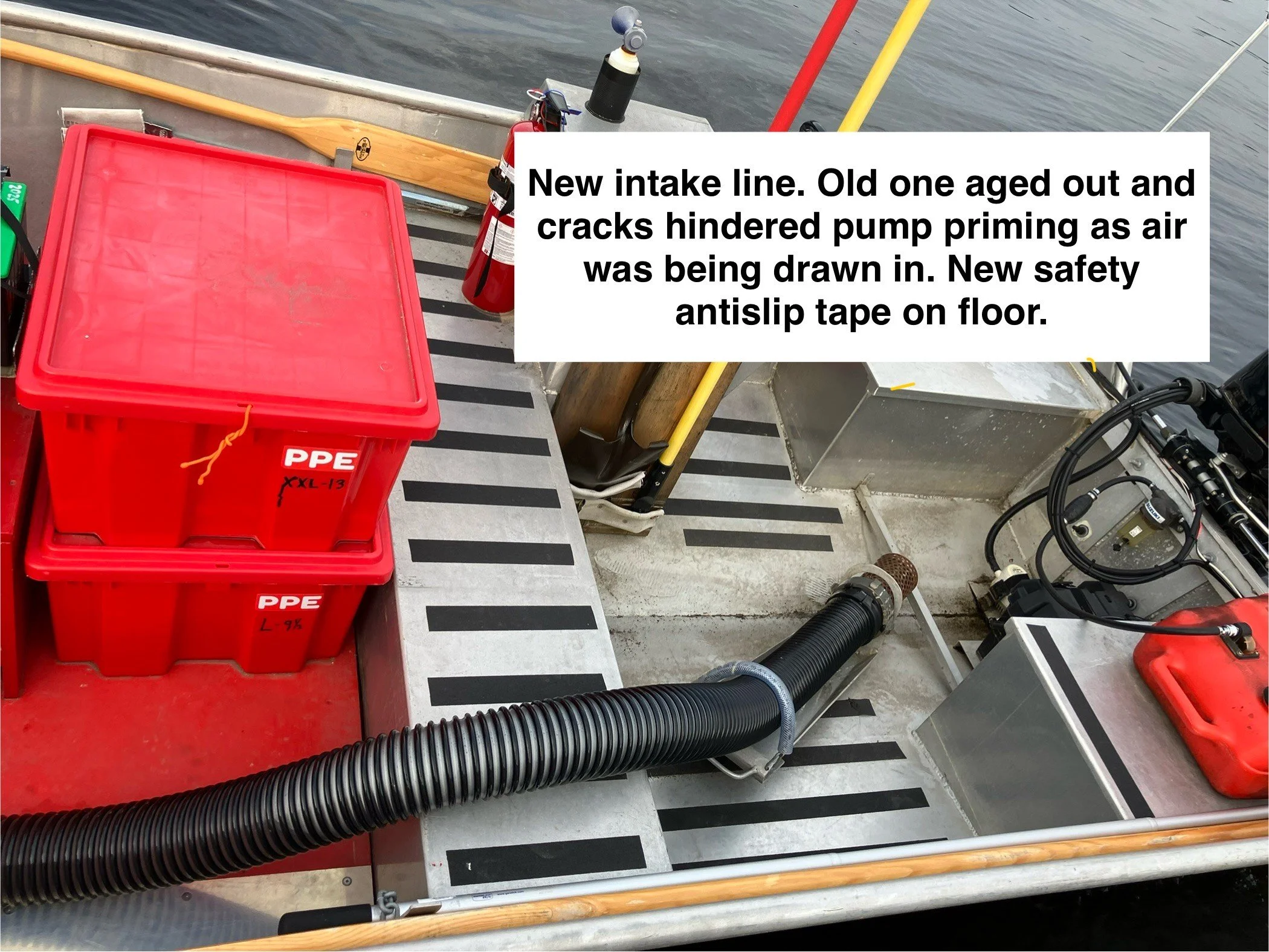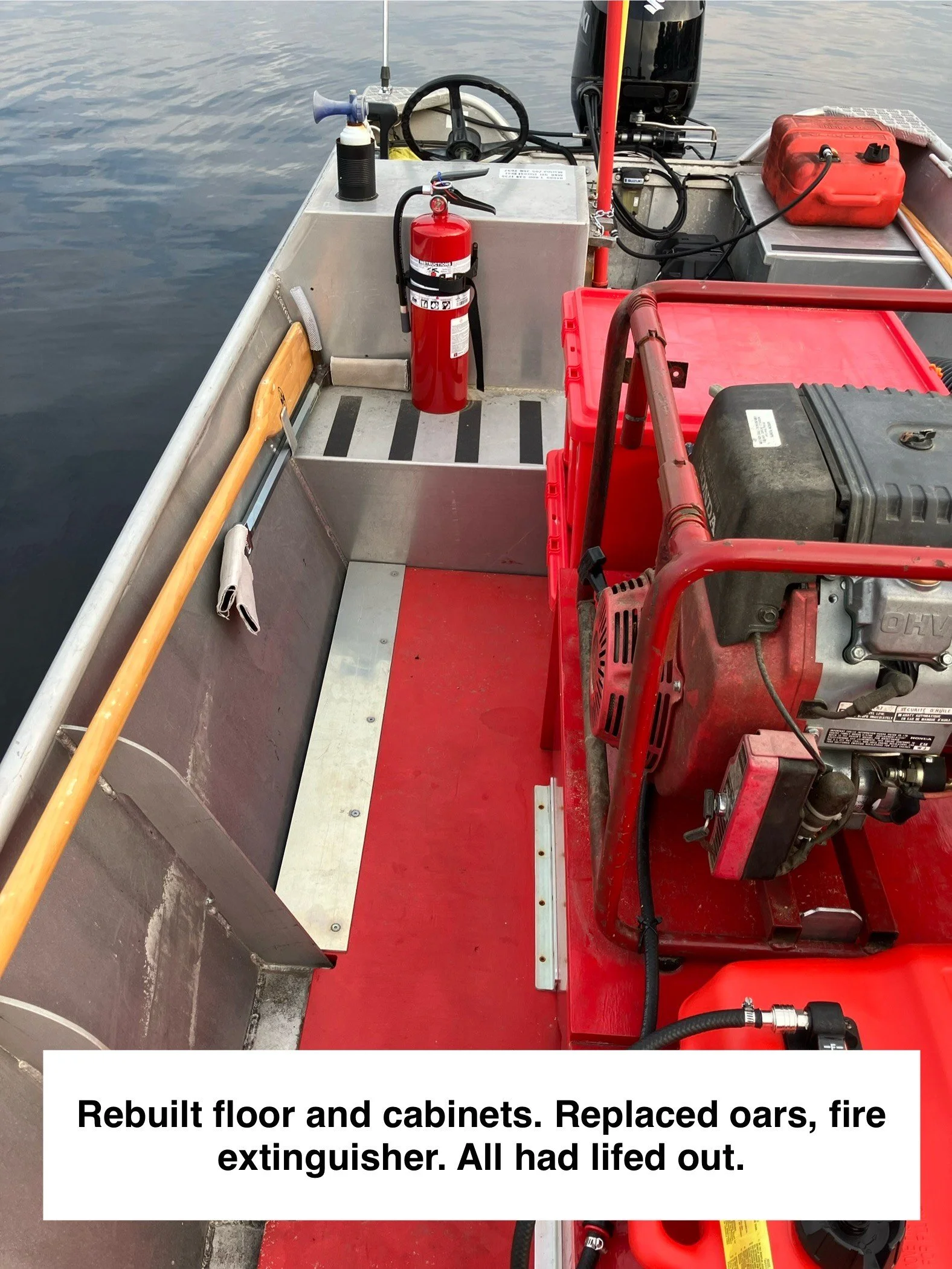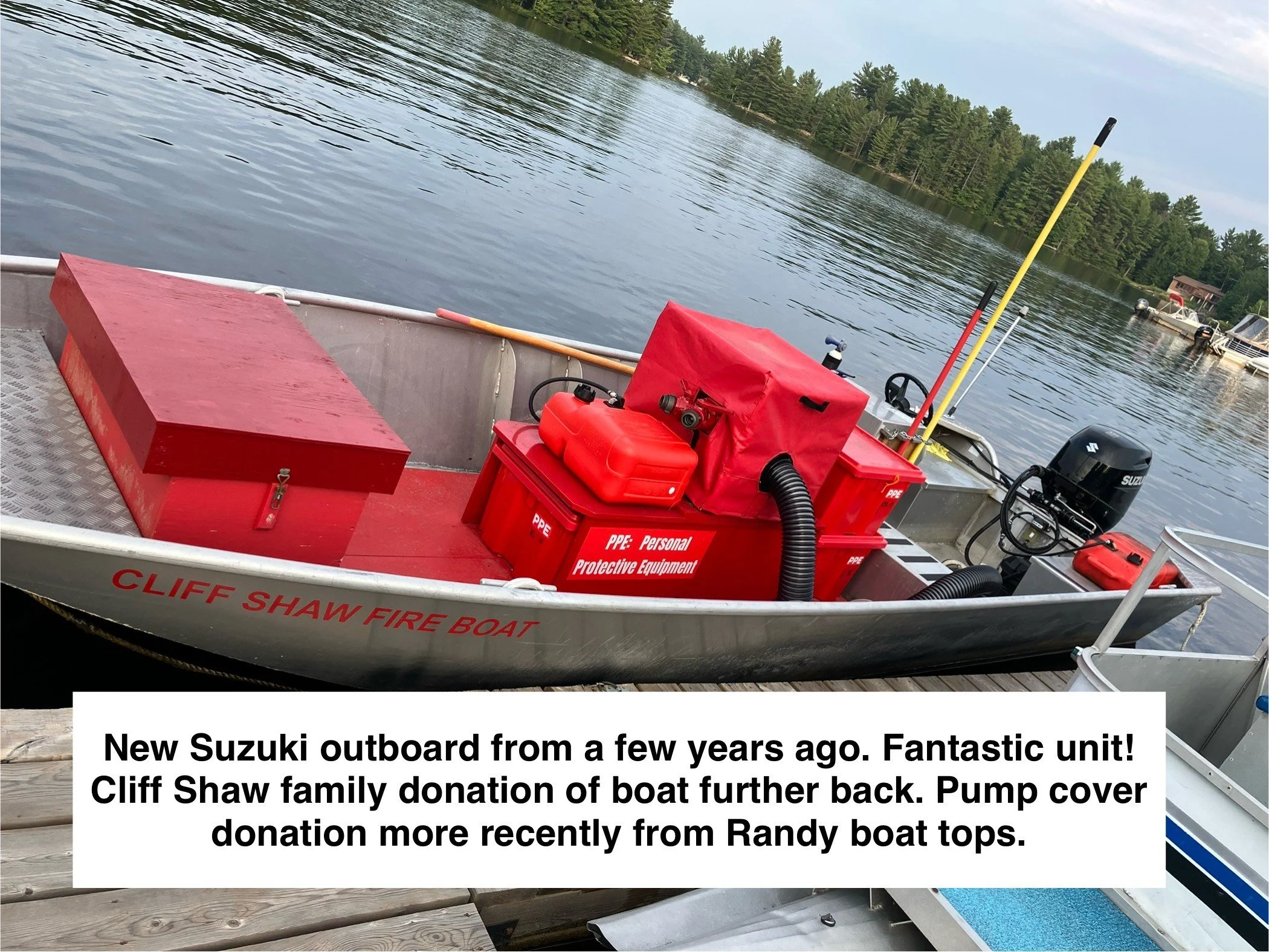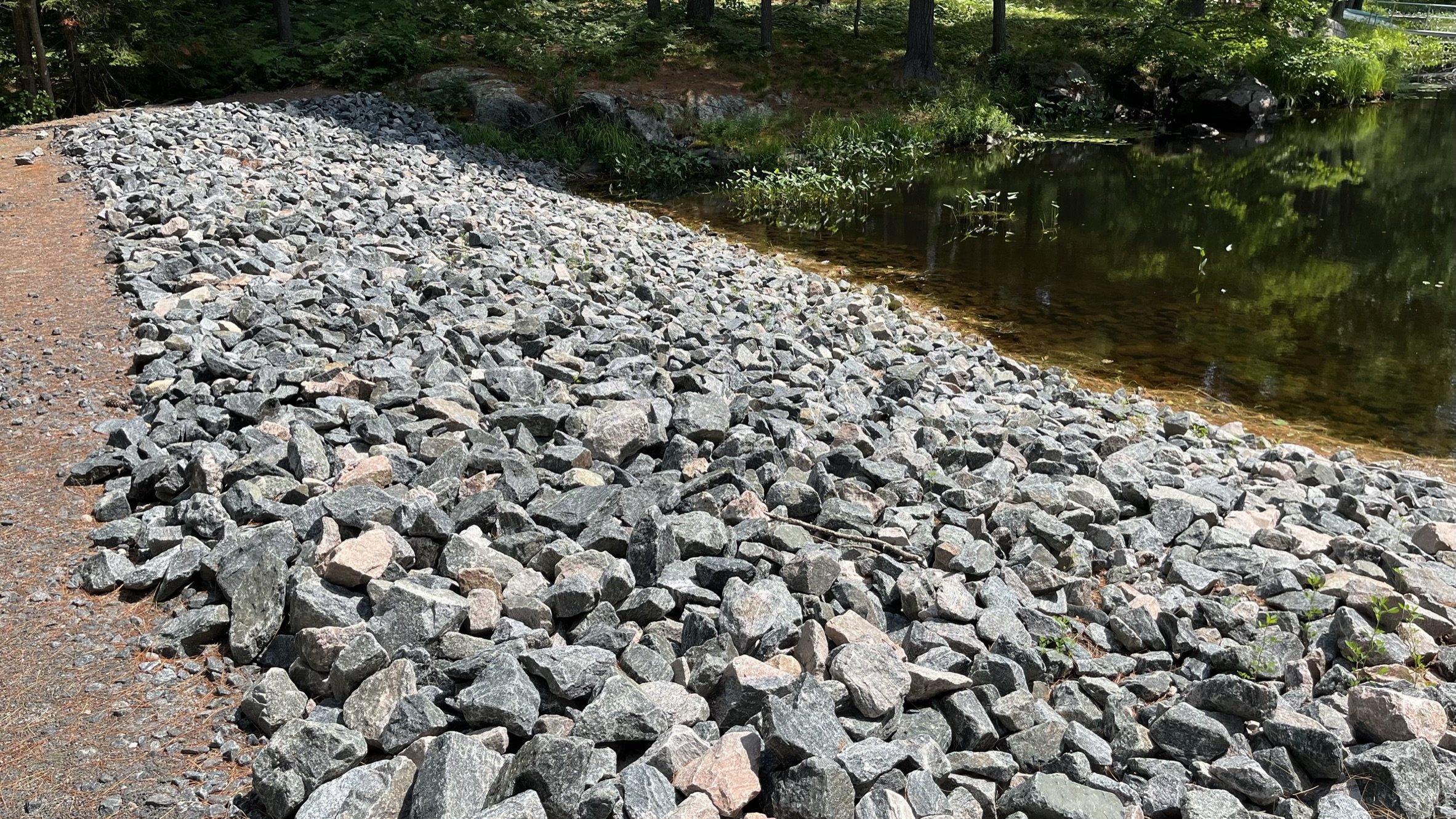Help support your HLSMR.
The 2026 Calendar is now available to order. Go to the store tab on this web site.
Harris Lake South Magnetawan Photo Contest Winner Announcement! 🌲
We’re thrilled to announce the winner of this year’s Harris Lake South Magnetawan Photo Contest — a celebration of the wild beauty and quiet magic that surrounds our cherished community.
Congratulations to Celina!
Her captivating photo of raccoons nestled in a tree, peeking out with curious eyes and woodland charm, stole the hearts of our judges and perfectly captured the spirit of lake living. It’s a moment that reminds us why we love this place — where nature surprises us, delights us, and sometimes poses for the perfect shot.
Thank you to everyone who submitted their stunning snapshots. From misty mornings on the lake to foxes, your photos brought our landscape to life.
Stay tuned for next year’s contest — and keep your cameras ready. You never know when the forest will smile back.
From some of your generous donations, the fire committee was able to upgrade some of the equipment.
Harris Lake Marina Corn Roast and Fundraiser
The HLSMR Cottagers Association would first like to thank Walter, Renata and family for continuing the tradition of hosting the annual corn roast event. It continues to be a welcome social event every year, and an opportunity to connect with other cottagers. Once again, it was a big hit with every one who attended.
As well, it is an opportunity for the HLSMR Cottagers Association to raise funds at the event from an annual bake sale and auction. The funds raised provide much needed funds to support for ongoing initiatives that the association provides.
A special thank you goes out to the bakers and auction item providers who generously contribute their time and hard earned dollars to the event. A special shout out to the provider of the Michael Kors bag; it proved to be the hi-lite of the auction! As well, the bakers were especially busy this year, providing a great selection of treats. The bakesale raised over $500 and the auction raised over $1,100. Again, thank you to all who participated.
Hope to see everyone again next year!
Meeting Update
Just a quick update on the HLSMR cottages association meeting. There are some changes to the board members. Richard Walda has stepped down after 10 years as President. We would like to thank him for all his efforts, enthusiasm and contributions to the lake association. He has truly made a difference during his time as President.
The new elected president is Ben Edwards. Ben has been Vice President for some time. New to the board and filling the position of Vice President is Bruce Sunley. Bruce has been on the lake for 50+years, and helps out with the fire team. And a newly formed position to the board is the Fire Prevention Officer, Dave Chisholm. Dave has been involved with this fire team for sometime now, along with Monique Renault, who has been pivotal since the fire boat committee has started. Without her help, the program would not have taken off. The new position will be handling the management of the fire program. Remaining in their positions, Dan Walda- treasurer, Loren Mackay Loder- Environmental, Mark Mcdonell- Environmental, Linda Weylie- secretary.
More info to follow. We will have the minutes out shortly.Along with detailed financials.
Updates
From: Murphy, Bonnie (MTO) <Bonnie.Murphy@ontario.ca>
Sent: June 17, 2025 10:22 AM
To: Brian Mclellan
Subject: RE: HWY 69 rehabilitation
Follow Up Flag: Follow up
Flag Status: Flagged
Hello Brian McLelland,
Thank you for your email regarding the rehabilitation of Highway 69 from 1.4 km north of Highway
559, northerly to 4.5 km north of Shebeshekong Road, including the Shawanaga River Bridge.
The contract for this highway improvement project was tendered in March of this year, and
construction is planned over the next two years, commencing this summer. Work under the project
includes the following:
• Resurfacing of Highway 69 for 20.0 km;
• Rehabilitation of the Shawanaga River Bridge;
• Treatment of pavement distress areas;
• Drainage improvements including culvert lining and replacements;
• Replacement/adjustment of select guide rail;
• Replacement of select static signs;
• New left turn lane for northbound traffic on Highway 69 at Woods Road;
• New left turn lane for northbound traffic on Highway 69 at Highway 7182 (Shebeshekong
Road); and
• New illumination at the intersection of Highway 7182 (Shebeshekong Road) and repositioned
to accommodate the new left turn lane
Should you require any additional information, please feel free to send me an email.
Again, thank you for your interest in the project.
Sincerely,
Bonnie Murphy, P. Eng.
Lead Engineer, Projects | Design and Engineering Branch
Ministry of Transportation | Ontario Public Service
Bonnie.Murphy@ontario.ca
Taking pride in strengthening Ontario, its places and its people
Fire Donations
We Did It!!
Thanks to the generous support of the Harris Lake & South Magnetawan River community, we have achieved our HLSMR Fire Committee fundraising goal of $8,000!
What an amazing community we have. A huge thank you to everyone who donated cash and/or materials to help us achieve this lofty goal. With your support we have taken a huge step towards ensuring the safety of our lake, our volunteer firefighters, and preventing another terrible loss like we saw this past summer.
If you are still thinking of donating, it is never too late and the need never ends. Visit the website for details (https://www.hlsmr.org/fire-fundraising)
We would also like to thank you for all your support throughout the year. The Harris lake community is truly something special to belong to.
Thank you all and have a wonderful holiday season.
The work for the dam has been completed. Water levels are stable. morinfo to come
HLSMR Newsletter
/Download newsletter below
Hydro Rates
/Hydro Rate Change
Just a reminder. The new hydro rates come into effect January 1, 2023. Although the decision is long and complicated. This is a summery from the FOCA. In which HLSMR is a member.
“In summary: The Ontario Energy Board (OEB) approves Hydro One’s proposed 10-year phase in of this change beginning January 1, 2023. This approach is intended to limit the total bill increase for affected seasonal customers, including those with low average monthly consumption, to 10% (maximum) per year.
In its decision the OEB clarified once again that, though separate from this rate decision, eligibility for rebates through the Rural and Remote Electricity Rate Protection (RRRP) and Distribution Rate Protection (DRP) continues to apply only to Hydro One’s rural year-round residential customers (i.e., Low Density – R2 class). A year-round residential customer requires eight months of continuous occupation of a dwelling over the year.”
HLSMR reminds everyone that if they believe they qualify for year-round residential status that should submit a completed declaration form and supporting material to Hydro One.
PDF of OEB decision: here
Harris Lake Dam
/Here is an update regarding the Harris Lake Dam Construction activities on the Harris Lake Dams have commenced and should conclude around November 7th.
Part of the construction will include closing the snowmobile trail to motor and pedestrian traffic while work is occurring on the plug dam that the trail travels over. This closure will be temporary while the plug dam area is an active construction site.
Impacts to water levels as a result of construction are not anticipated. Lower than normal water levels are expected should the dry weather continue as higher water levels may occur if we begin to receive significant rainfall like last summer.
The contractor will be utilizing the public boat launch on Crown land but the launch will remain accessible to the public for the duration of the project.
Resource Management Coordinator, Parry Sound District, Ministry of Natural Resources and Forestry
Harris Lake Dam
/Here is an update regarding the Harris lake Dam. Construction activities on the Harris Lake Dams have commenced and should conclude around November 7th.
Part of the construction will include closing the snowmobile trail to motor and pedestrian traffic while work is occurring on the plug dam that the trail travels over. This closure will be temporary while the plug dam area is an active construction site.
Impacts to water levels as a result of construction are not anticipated. Lower than normal water levels are expected should the dry weather continue as higher water levels may occur if we begin to receive significant rainfall like last summer.
The contractor will be utilizing the public boat launch on Crown land but the launch will remain accessible to the public for the duration of the project.
Resource Management Coordinator
Parry Sound District
Ministry of Natural Resources and Forestry
Support mental health in Parry Sound
/We are stranding six people on an isolated island...
and leaving them there!
Each participant is challenged to raise a $100,000 ransom to guarantee their release from the island. Will you help them?
HLSMR Annual meeting
/With covid receding, there will be an in person Cottagers association annual meeting. It will be held on July 31, at 10:30 am. Following the roads board meeting at 10am. It will be held in the marina shop. Generously provide by Walter and Renata & sons. Thank you so much.
There are some position on the executive that will be available. Some long time contributors will be stepping down. These positions will be up for nominations at the meeting. Its your opportunity to help represent the lake for all the things the HLSMR assoc provides. Positions available, ENVIROMNETAL officer, VICE PRESEDENT.
Some of the great things the association has done for you are:
represent the Lake members to governmental bodies
environmental monitoring
a group lake fire service. equipment, fire boat and pumps for cottagers to use in emegencys’s’
lot emergency numbers
aids to navigation
septic pumping liaisons to the pumping company
We hope to see a good turn out. We are looking for new ideas how we can improve what we do for you.
Brian Mclellan for the HLSM Cottagers’’’’ association
Harris Lake Marina Corn Roast
/Hi Happy cottagers. The Harris lake Marina is holding their annual corn roast on August 27th 2022. Live music will be there. Its a great community social event. See you all there.
MNR info
/Winner of the 2021 Photo Contest
/Congratulations to Sue Curtis of Harmony Bay, Harris lake. The winner of the Photo contest. Thanks to all who participated. They were all excellent photos. It was a hard choice.
Canada Geese
/A point was brought up at last years meeting regarding the seemingly growing population of Canadian Geese that have started to appear on the lake and river area. The HLSMR environmental team has been in touch with parks and conservation areas in Ontario along with Environment Canada on steps we can take to minimize an exploding population on our lake and river. Environment Canada has provided a Handbook entitled Canada and Cackling Geese: Management and Population Control in Southern Canada. It is available at a link below for review and we have highlighted a few key areas below as a summary as they relate to deterrents and controls.
Seasonal Deterrents to prevent the population growth in a particular area
- Reduce attractiveness of feeding habitats
- Prevent nesting
- Prevent Hatching
- Scare Pre-moulting geese away
- Erect barriers
- Lure Geese Elsewhere
Goose Control Prescriptions - Non Lethal
- Ensure No One is feeding the geese
- Erect Landscape Barriers on property
- Modify Grass to grasses not liked by geese
- Scaring Techniques - (some that require permit and some that do not)
- Removal
Goose Control Prescriptions - Lethal
- Hunting
- Egg Sterilization or Destruction
- Lethal Removal of Geese
There are a number of techniques mentioned throughout the document, and you can find the details about each section at the link provided. The challenge on the lake environment is that Geese will tend to nest where there are no people, which is precisely why many of us have places on the same waterway. If you do find geese nesting on or near your property there are a number of techniques that can be used to relocate them to a different area, hopefully another lake, that are safe and easy to apply by most. Some of the prescriptions above do require outside assistance such as Environment Canada or Minisitry of Natural Resources.
Canada and Cackling Geese: Management and Population Control in Southern Canada
Henvey Inlet Wind Centre
/As many people have already noticed, there is now some empty space near the end of the marina road where forest used to stand. Although we have been expecting this for some time with the expansion of Highway 400 to Sudbury, this right of way has been cleared to support the transmission of power from the Henvey Inlet Wind Centre (HIWC). The HIWC is a 300 MW wind farm located entriely on reservation land near Henvey Inlet (just south of French River). The project will entail 87 wind turbines with transmission lines that will connect to the main grid near Oastler Lake by Parry Sound. Some links of interest to the HLSMR area are located below:
Henvey Inlet Related Documents
Natural Heritage Assessment: Records Review
Wildlife Etiquette
/The Canadian wilderness might seem like it’s full of menacing creatures. However, equipped with the right tools and knowledge, you have nothing to fear.
Here’s what to do if you run into a predator (or just a really big animal) during a hike, camping trip, or visit to your cottage.
Coyote
Coyotes are one of Canada’s few predatory species that frequents both the countryside and urban areas. While they have been known to attack people, you have little cause for concern unless you happen to be a cartoon roadrunner. If you see one scoping out you, your dog or your property, chances are that they’re just curious, or looking for food, water or shelter.
That doesn’t mean running into one is any less jarring. If you see a coyote, Coyote Watch Canada advises that you don’t run. Instead, stand your ground and use “hazing” techniques to scare them off, such as yelling (not screaming), waving your arms or throwing objects towards—but not at—the coyote.
Bear
What exactly do you do if a bear attacks? Answering this question is a hot topic of debate at campfires, partially because it can be a bit confusing. Parks Canada says your best strategy is avoiding them altogether, but that may not always be possible. Noise is your friend, however if your bells haven’t kept the bears at bay, here’s what to do.
First, stay calm and start talking, which indicates to the bear that you are human—not their next meal. Don’t run away, which can trigger an attack. Then, read the bear’s body language. If it’s being defensive (protecting its young, feeding, or just surprised at the encounter), try to appear non-threatening. Move slowly away and talk calmly. If it approaches, stand your ground and use your bear spray. If you don’t have bear spray on hand, fall on the ground and play dead. If it’s non-defensive (typically characterized by looking at you with its head and ears up), talk in a firm voice, shout and try to intimidate the bear. Very few bear attacks are predatory, but if it does continue to approach, use your bear spray and fight back, if necessary.
Wolf
Like many of Canada’s predatory species, wolves generally avoid humans, making both an encounter and an attack highly unlikely. If you do cross paths, stand your ground—make yourself look larger by raising your arms and maintaining eye contact. Don’t run away or turn your back. Raised hackles can indicate aggressive, which is when it’s time to start yelling or throwing things. Most importantly, keep any pet dogs at your side. Positioning yourself between your dog and a wolf will typically end the encounter.
Cougar
There’s nothing more terrifying than the prospect of being silently stalked by a mountain lion. But it’s an unwarranted fear—cougar attacks are incredibly rare. In the unlikely event that you see a cougar, you’ll want to make yourself appear as a threat rather than as prey. Pick up and carry any young children. Don’t run away or turn your back. Instead, slowly back away, make yourself appear larger, speak in a loud voice and if necessary, throw objects such as rocks.
Moose
When it comes to the big and bad of the Canadian woods, tourists and city slickers often fixate on bears. However, it’s the innocent-looking moose that have known to become aggressive, particularly during rutting season or when they have young calves. That’s why if you come across a moose in your travels, you’ll want to give it a wide berth—now is not the time for a selfie. Moose that are about to attack may give a “bluff” charge as a warning sign. Its ears will be laid back and the long hairs on its back will be raised. If this happens, back away and look for something—whether it’s a car, tree, or other obstruction—to put between you and the moose.
Take From Cottage Life:
http://cottagelife.com/environment/wildlife-etiquette-avoid-getting-trampled-eaten-or-maimed-when-youre-in-the-woods
Tiny Tick Carries a Big Stick
/Recent reports have shown an increase in the number of human cases of Lyme disease in Ontario according to Dr. Curtis Russell of Public Health Ontario[1]. Lyme disease is caused by a bacteria called Borrelia Burgdorferi and is passed on to humans through the bite and gastric secretions of the black legged (also known as deer) tick. It may also be transmitted by some other varieties of tick. Ticks are found in grasslands and woodlands and hitch a ride when an animal passes through. These ticks are tiny -as small as a sesame seed – varying between 1mm to 5mm (or up to 20mm when engorged). When people are infected they often have flu type symptoms – headache, fever, achy, muscles, & joints, red sensitive eyes and nausea; also a local rash in the shape of a circle. If you ever have a rash like this go to the Doctor right away as it is diagnostic for Lyme disease and early treatment is crucial. If you find a tick, carefully remove it including the head with tweezers and take it to the Dr’s office to be sent for analysis. If you haven’t found a tick or a rash but have persistent symptoms including “brain fog” and extreme fatigue get examined right away. It is curable if caught early. Otherwise it may cause life altering troubles.[2] For more information please check out this link: www.canlyme.com (Canadian Lyme Disease Foundation).
Rena Edwards
[1] Cottage Life Dockside, May 4, 2017
http://cottagelife.com/environment/tick-season-is-here-time-to-get-prepped?utm_source=Cottage+Life+Newsletter&utm_campaign=5ba863f27b-CL_Dockside_May_4_2017&utm_medium=email&utm_term=0_2a4b4abf7b-5ba863f27b-230233989
[2] Canadian Lyme Disease Foundation
https://canlyme.com
